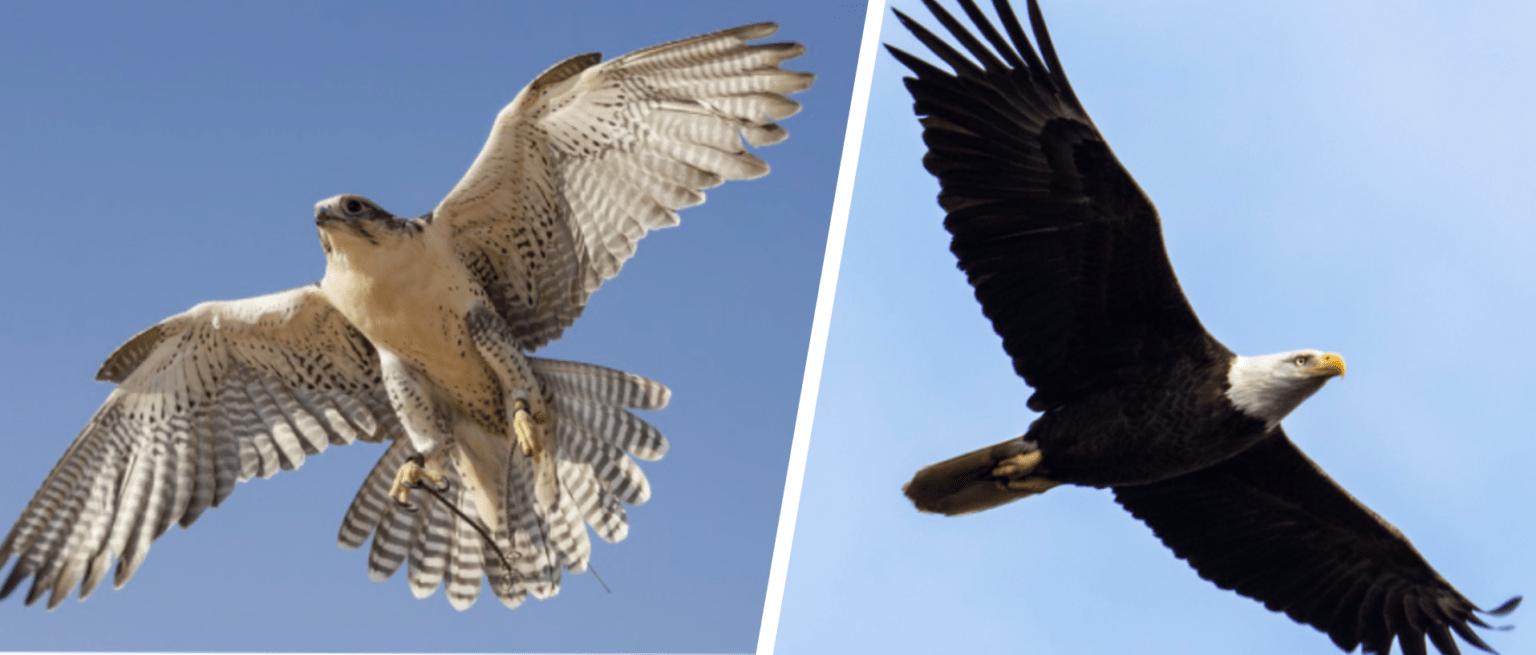

These characteristics also make it a difficult bird to spot when perched as it blends in easily with the shadows and patterns created by the dappled sunlight, trees and vines of its rainforest habitat. Its piercing yellow eyes, black forehead and crest, rusty nape, snow-white throat, and black and white striated breast and legs make this bird of prey one of the more colorful birds of prey in the region. When looking at an Ornate Hawk-eagle up close, it is easy to see why it was given this catchy name. The word "ornate" means flashy, showy, overly adorned. They live among jaguars, macaws, tapir, monkeys, sloths, snakes, frogs, and many other plants and animals – including the most powerful eagle in the world, the Harpy Eagle, and one of the fastest falcons, the Orange-breasted Falcon. Their rainforest home is lush and vibrant and contains some of the highest biodiversity in the world. These birds live at low to medium elevations, where they can find prey and large trees for nests. The Ornate Hawk-eagle is a Neotropical rainforest species, though it is also found in pine forests, particularly in Mexico and Belize. Simply put, this could mean that small Ornate Hawk-eagle populations can become cut off from other larger populations because habitat fragmentation makes it harder for them to disperse to other areas. Research has shown that this species will tolerate some disturbances to its environment and has been documented nesting in relatively small patches of forest near to human settlements, but it is sensitive to habitat fragmentation, edges, and human presence. Historically, they were found from southern Mexico through Central and South America all the way down to northern Argentina. Ornate Hawk-eagles are found in subtropical and tropical areas of the New World. The Peregrine Fund published the results of the Maya Project in a book called "Neotropical Birds of Prey, Biology and Ecology of a Forest Raptor Community." Where they live This is important because the more we know about a species, the better we are able to help conserve it. This information helped contribute to the scientific world's knowledge of this species.

At that time, biologists located and studied several Ornate Hawk-eagle nests. The Peregrine Fund spent nine years from 1988 to 1996 studying Neotropical birds of prey in the Peten region of Guatemala in an ambitious undertaking called the Maya Project.


 0 kommentar(er)
0 kommentar(er)
